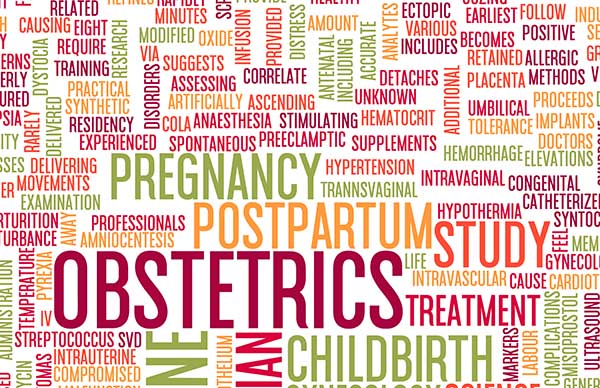Speaker- Paola Vigano
In 2023, a Cochrane study conducted a meta-analysis of randomized controlled trials comparing Intracytoplasmic sperm injection (ICSI) and conventional in vitro fertilization (IVF) in couples without male fertility factors. The study found no superiority in achieving live births or secondary outcomes, which aligns with recommendations from scientific societies such as the European Society of Human Reproduction and Embryology (ESHRE) and the American Society for Reproductive Medicine (ASRM), as well as regulatory bodies, which caution against the routine use of ICSI in all Antiretroviral therapy (ART) patients. The findings underscore the persistent debate and differing perspectives within the field of fertility treatment.
In 2019, ICSI emerged as the predominant method in IVF, constituting 70% of all IVF cycles. This preference is shaped by health insurance coverage, patient preferences, communication barriers, higher fertilization rates, established clinical practices, and varying levels of awareness regarding treatment outcomes. However, comprehensive data on potential variations across specific infertility still needs to be improved. Recent randomized controlled trials have indicated no significant disparities between ICSI and conventional IVF regarding implantation and live birth rates, with larger differences being effectively excluded.
The study conducted a comparative analysis between ICSI and conventional IVF among couples experiencing female or unexplained infertility, utilizing retrospective data from the Human Fertilization and Embryology Authority (HFEA) UK database spanning 2005-2018. Results indicated a slight 1% advantage favoring conventional IVF, achieving a 30% live birth rate following the initial transfer. Matching was performed in a one-to-one ratio based on factors including infertility cause, female age, oocyte retrieval, and treatment year to ensure comparable study groups.
The study encompassed 1 million cases from the registry, excluding those with missing data and male factor infertility. In the first meta-analysis, 150,000 cases of conventional IVF and 44,000 cases of ICSI were included, while the second analysis featured 44,000 instances in each group. Various variables, such as the number of eggs collected, causes of infertility, female age, number of embryo transfers, and embryo transfer stage, were compared between ICSI and conventional IVF. Statistically significant differences were incorporated as co-variables in logistic regression models.
The study investigated live birth rates per cycle in unexplained infertility cases, comparing ICSI with conventional IVF. It found no significant difference in live birth rates after adjustment. However, ICSI demonstrated lower rates of cycle cancellation, implantation, and male offspring at birth while showing higher miscarriage rates compared to conventional IVF. In cases involving female factors, ICSI was notably associated with reduced odds of achieving live birth. These findings underscore variations in cycle outcomes and reproductive success related to different assisted reproductive techniques in the context of unexplained infertility.
Registry data provides significant advantages in research and healthcare, offering insights into real-world scenarios without artificial populations and fostering international collaboration. However, it can overlook or fail to identify confounding variables, necessitate advanced statistical techniques to address non-randomization, and exhibit variability over time or across regions. These factors present challenges for long-term follow-up and comparative analysis. Therefore, rigorous interpretation and robust analytical approaches are essential when utilizing registry data for scientific research and clinical decision-making.
The study is limited by several factors, including its omission of cumulative live birth rates, reliance on cycle cancellation rates as an indicator of fertilization failure, and exclusion of male fertility factors. Nonetheless, it indicates that conventional IVF shows greater efficacy in cycles involving female infertility, with lower miscarriage rates observed. For cases of unexplained infertility, the study recommends considering ICSI treatment after at least 40 cycles of attempting conception.
The analysis of the HFEA registry indicates a potential bias in conventional IVF towards male offspring, contrasting with higher rates of female births observed with ICSI. This observation prompts inquiries into whether these disparities are systemic. The inferior outcomes associated with ICSI, including lower live birth rates and higher miscarriage rates, are attributed not to a preference for female embryos but rather to clinical disadvantages. Both conventional IVF and ICSI demonstrate more favorable outcomes when compared to cases lacking male factor infertility. Discussions during the conference underscore the ongoing necessity for research to elucidate the underlying factors influencing offspring sex ratios and treatment outcomes across diverse patient populations.
European Society of Human Reproduction and Embryology, July 7-10, Amsterdam, The Netherland




